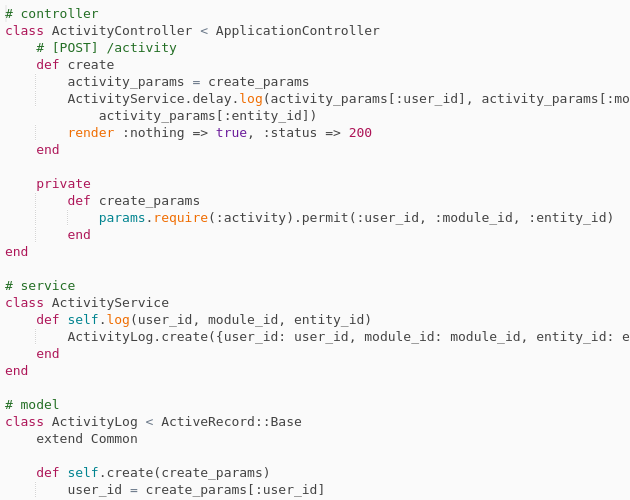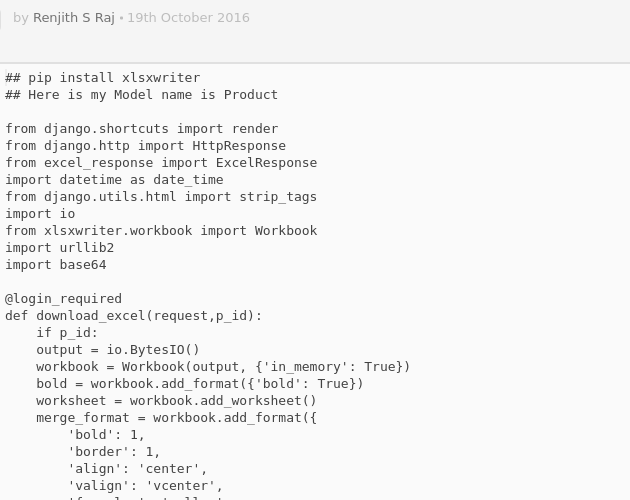
That's it for installation! You can now navigate to any directory with Jade files and run harp server.įor an example of using ml2jade with your new Harp installation:
RENDER JADE SNIPPIT INSTALL
If that worked, open a terminal window (command line) and run npm install harp -g (or sudo npm install harp -g if you get a message about permissions on OS X or Linux).
RENDER JADE SNIPPIT HOW TO
Here's how to get set up with using Harp for the first time: It also runs on Node.js and is light and easy to use. Using a server is a great choice too, and Harp is particularly easy. This will create ml2jade/jade/enjaden_example.html.

Otherwise, you should know that Jade is a great language for making web pages. If you already have a way to work with Jade files, there's nothing new you'll need to do here. Assuming you download the file, unzip it somewhere and add that location to your MATLAB path. If you're not a GitHub user, you can just download a copy (link at the right hand side of the page) or create a GitHub account so you can keep syncronized with updates and things. Just add this location to the MATLAB path. If you're a GitHub user, you can clone ml2jade to whatever location you like.


Enjaden('my_script.m', 'path/to/outputs',, , true)


 0 kommentar(er)
0 kommentar(er)
